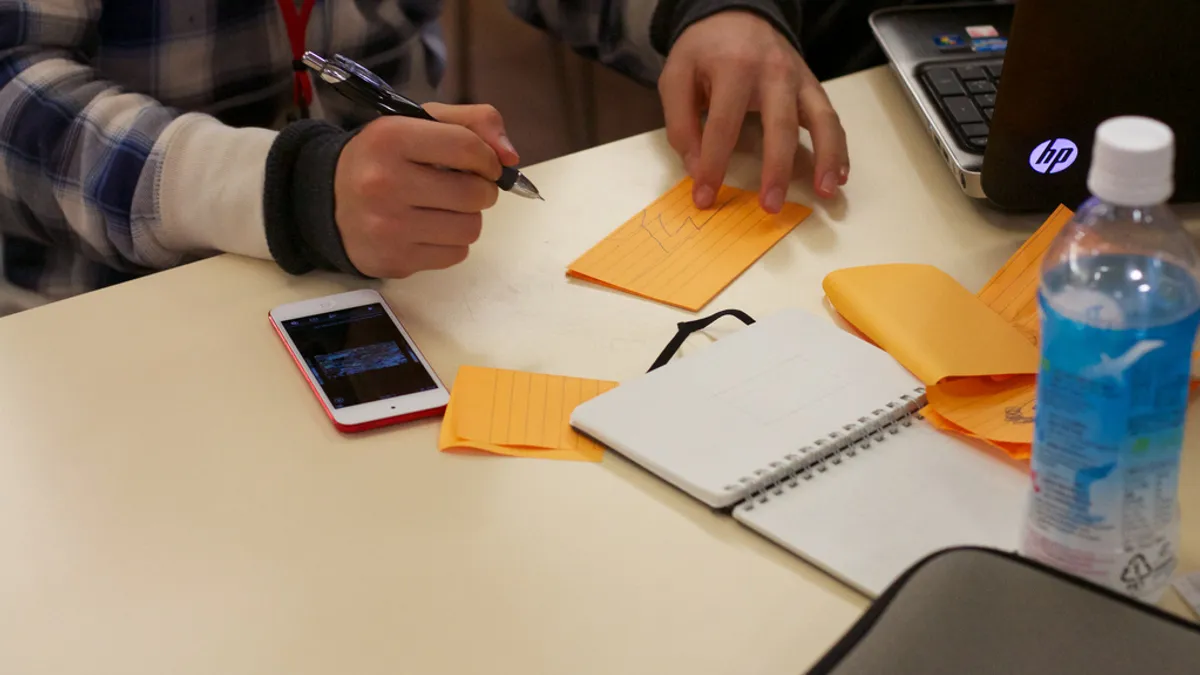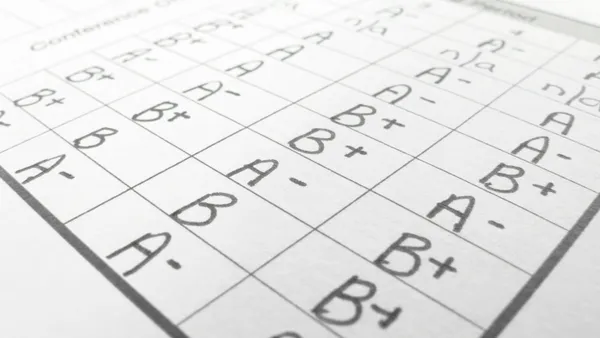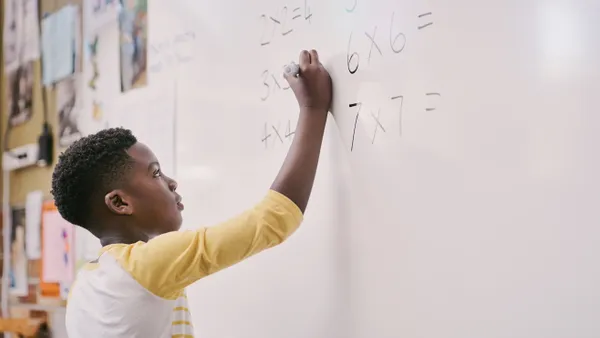Dive Brief:
- Danielle Vind, a 5th-grade teacher for the School District of Milton, in Massachusetts, ties computational thinking into multiple areas of learning in her classroom, including reading and language arts, she wrote in eSchoolNews. Vind uses materials called Curriculum Connectors, which come from Ignite My Future in School, a partnership created by Discovery Education and Tata Consultancy Services.
- There are five core computational thinking skills Vind believes should be taught to every student, which she believes can them help them examine and then craft their own text.
- These are collecting data, analyzing data, decomposing, finding patterns and using abstract thinking. The last skill helps students discern, and then distill, the main concept within a text, guiding them as they craft stronger pieces for class.
Dive Insight:
With computational thinking, which mimics the way a computer may operate, educators to bridge gaps in students' understanding across different subjects. While often associated with the STEM subjects of science, technology, engineering and mathematics, this problem-solving method can also be applied to other subjects, including the arts and writing, Vind wrote.
In a 1996 paper, appearing in the Journal of Physical Education, Recreation and Dance, James Rauschenbach of Iowa State University's Department of Physical Education, wrote that making connections between different subjects can strengthen a student’s understanding of them individually. He notes that, “… an integrated activity should enhance the effectiveness of all teachers involved and improve student performance in each of the integrated subject areas.”
For administrators interested in expanding this approach, the International Society for Technology in Education has its Computational Thinking Competencies accessible online, outlining how to incorporate these strategies into the curriculum.
When adopted, these skills can then be applied to multiple subjects. For example, Vind asks her class to look at why Shakespeare uses birds repeatedly in his writing, and what those references mean. Computational thinking can also be used in a music course, with students looking for patterns in a composition, or in a drawing class with teachers asking students to examine proportions and spacing, giving educators and administrators multiple ways to put these skills into practice.












